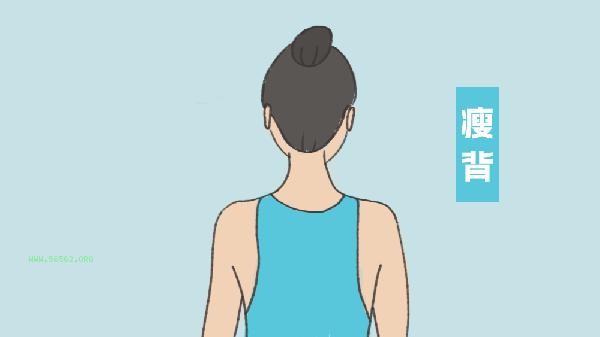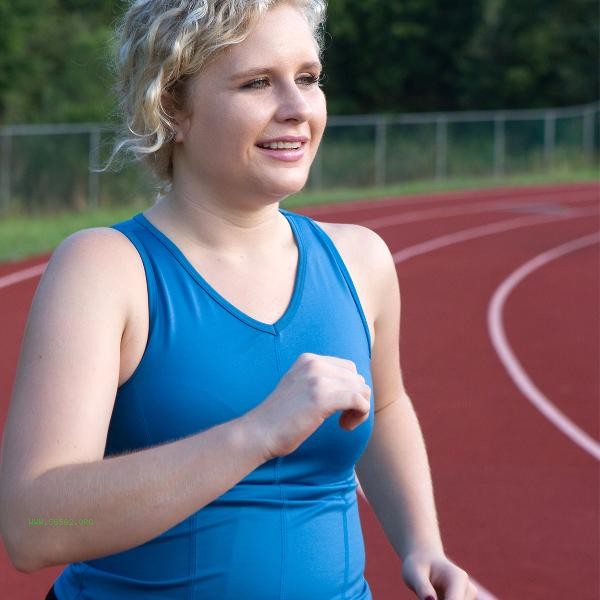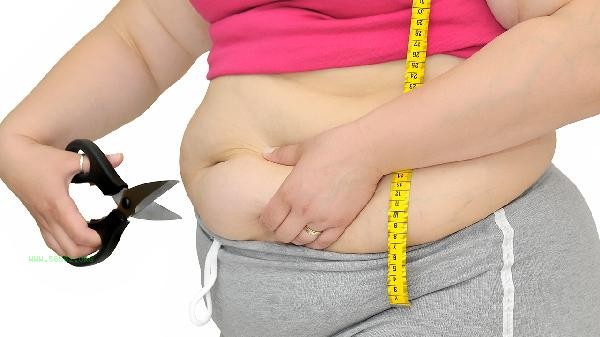Moderate exercise after meals can help with digestion and aid in weight loss, but it is important to pay attention to the duration and intensity of the exercise. Intense exercise immediately after meals may cause gastrointestinal discomfort, and it is recommended to choose low-intensity activities such as walking. Doing light exercise such as walking, stretching, or yoga half an hour to an hour after a meal can promote gastrointestinal peristalsis, help food pass through the digestive tract faster, and reduce bloating. This type of activity can gently increase metabolic rate, accelerate calorie expenditure, and have an auxiliary effect on weight control. At this time, blood is still concentrated in the digestive system, and low-intensity exercise will not interfere with digestive function. Instead, high-intensity exercises such as running and skipping rope immediately after meals may affect digestive efficiency due to blood flow to muscles, and even cause gastric prolapse or abdominal pain. After consuming a high sugar diet, vigorous exercise may also lead to increased blood sugar fluctuations. In special circumstances such as gastroesophageal reflux or gastrointestinal ulcers, exercising after meals may worsen acid reflux or pain symptoms. These individuals should avoid immediate physical activity after meals. After completing a high-fat and high protein diet, digestion time is prolonged, and it is necessary to wait longer before exercising. Postprandial exercise for diabetes patients should be alert to the risk of hypoglycemia, and it is recommended to adjust the intensity after monitoring blood glucose.

It is recommended to choose moderate intensity exercise such as brisk walking or cycling one hour after meals, which can promote fat burning and avoid gastrointestinal burden. A high dietary fiber diet can be used in daily life to control total calories and avoid lying down or sitting for long periods immediately after a full meal. Long term adherence to regular exercise combined with a balanced diet is necessary to achieve healthy weight loss goals. If there is a chronic disease or discomfort during exercise, a doctor should be consulted to develop a personalized plan.








Comments (0)
Leave a Comment
No comments yet
Be the first to share your thoughts!